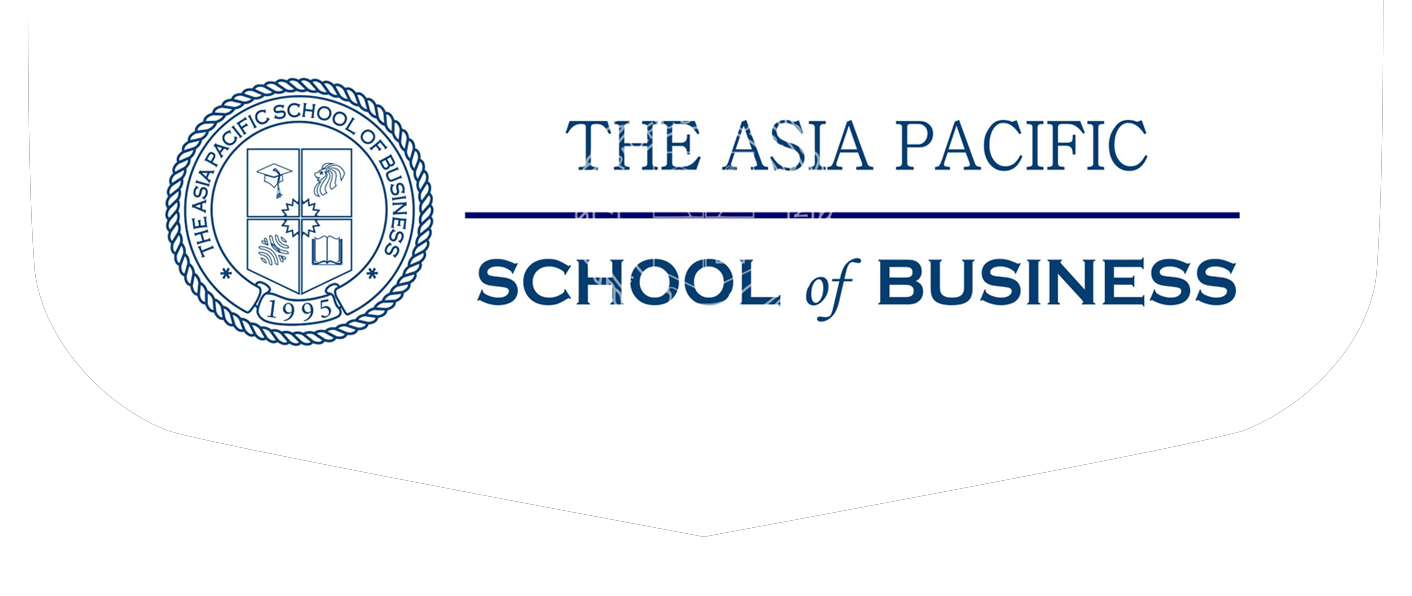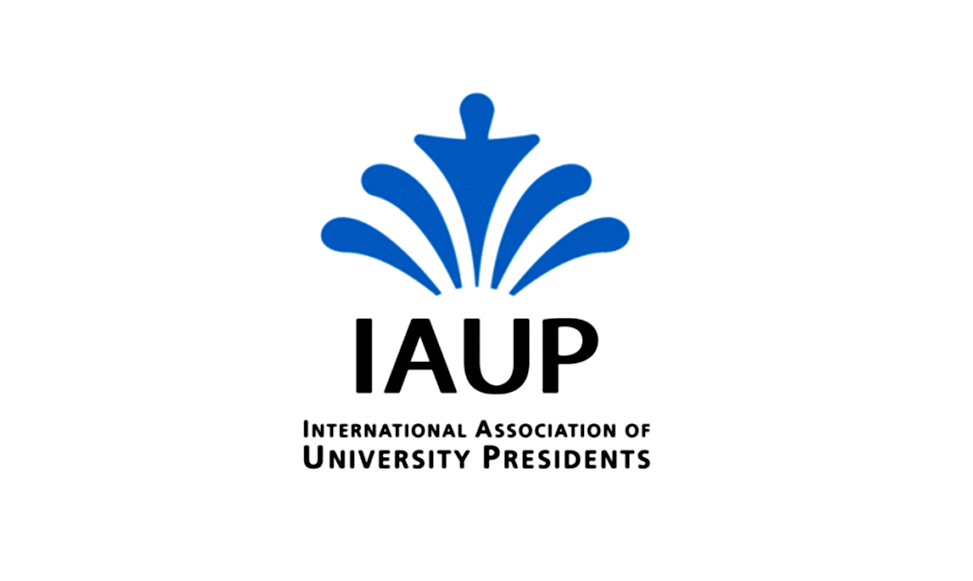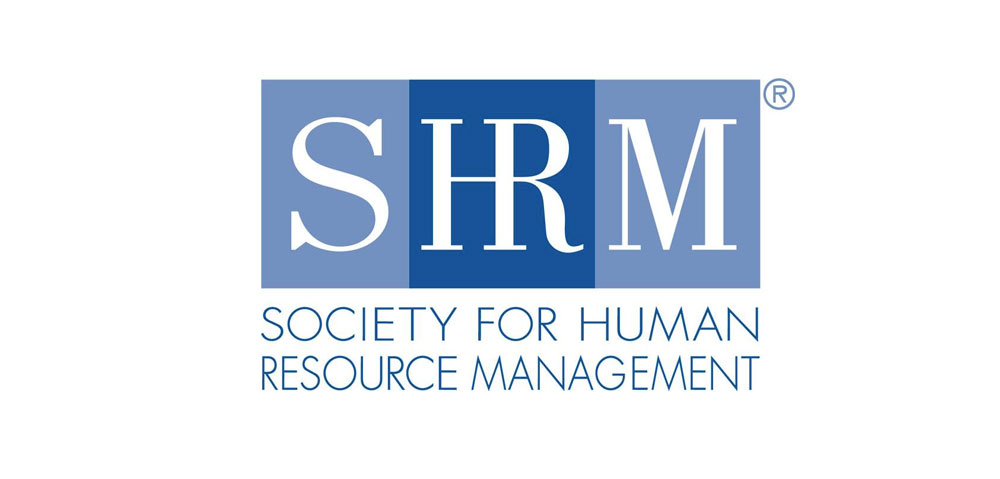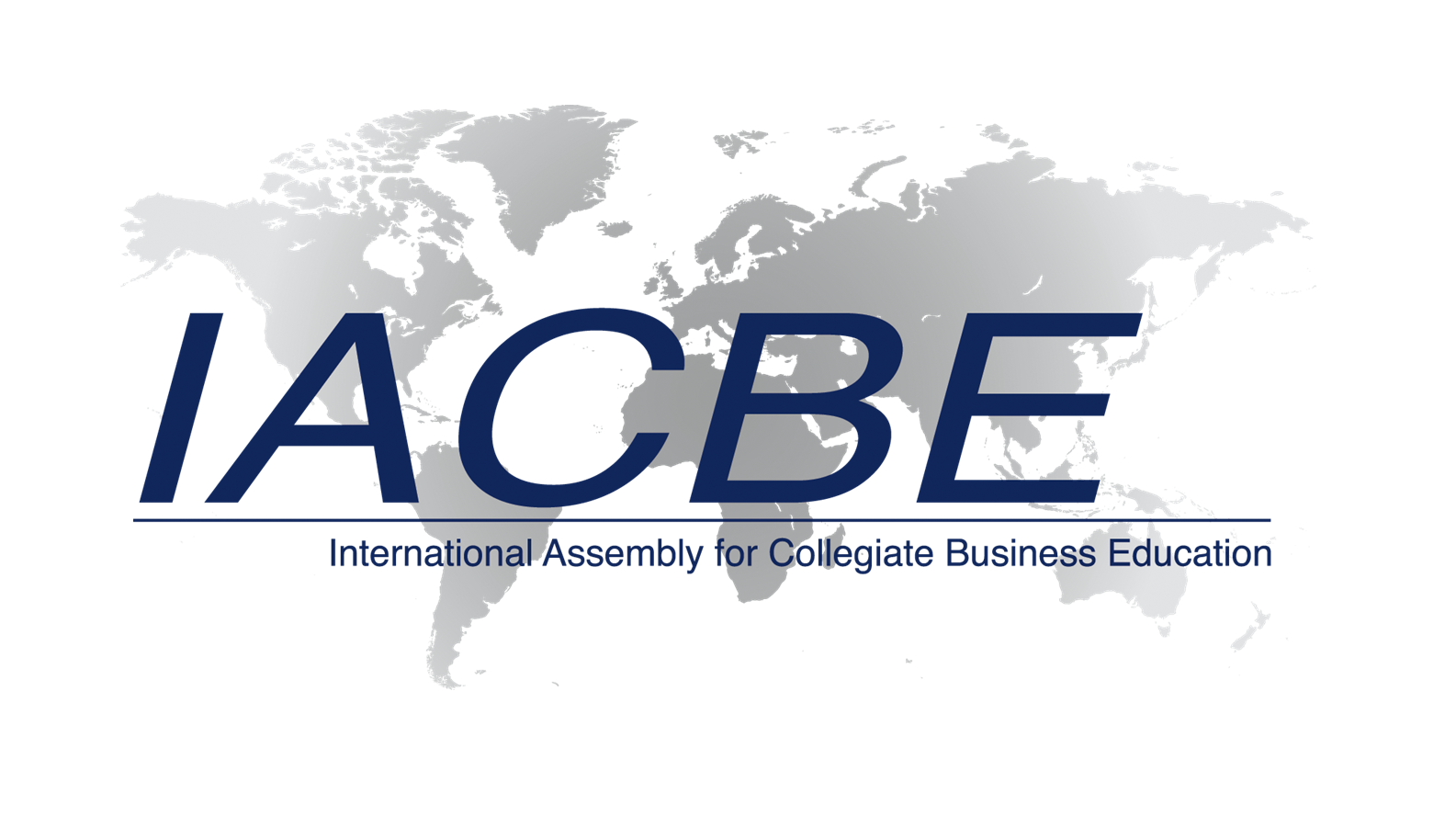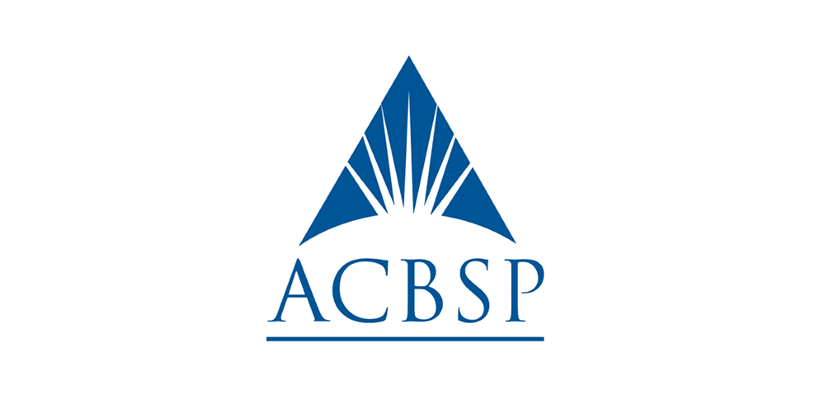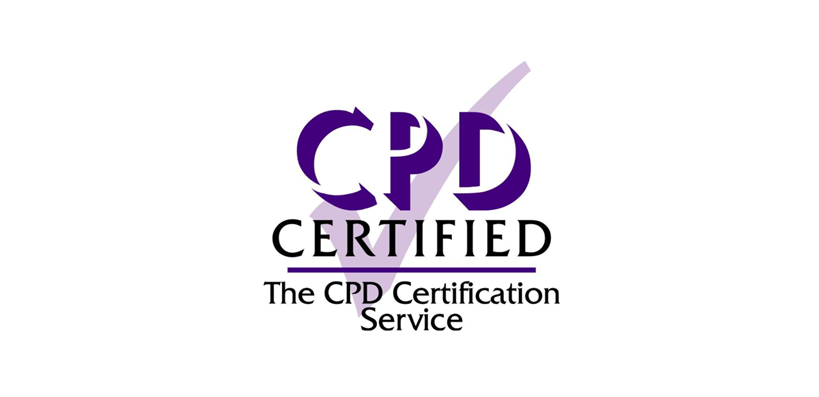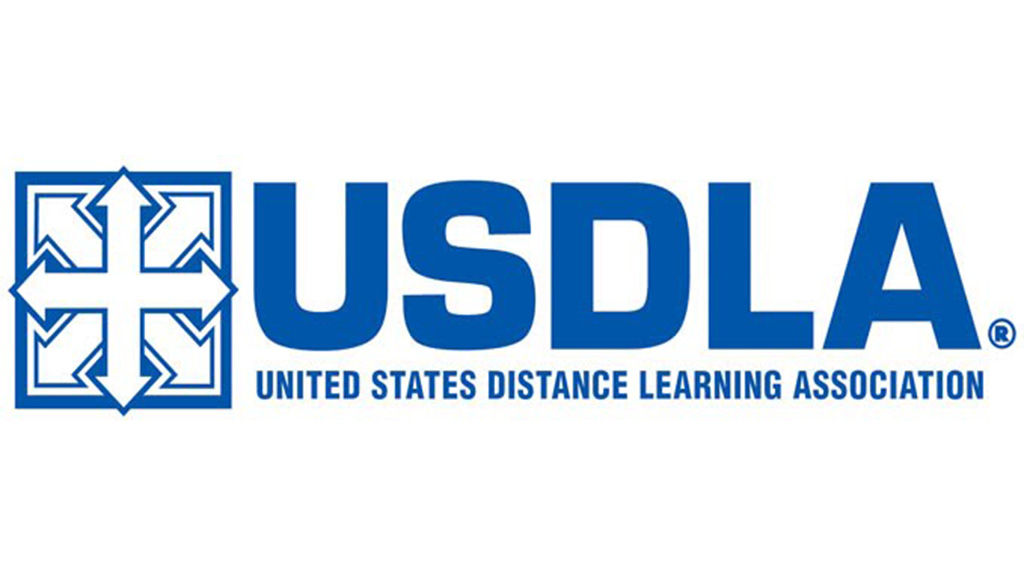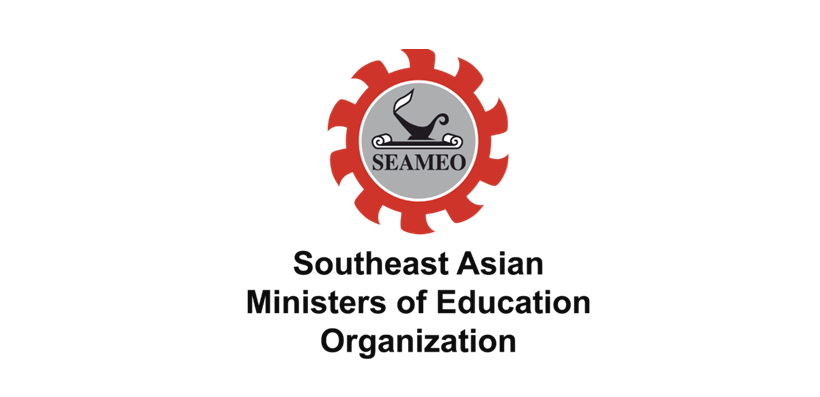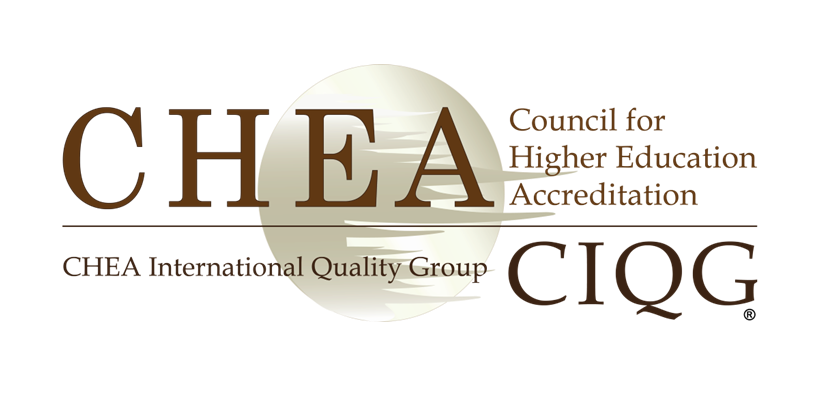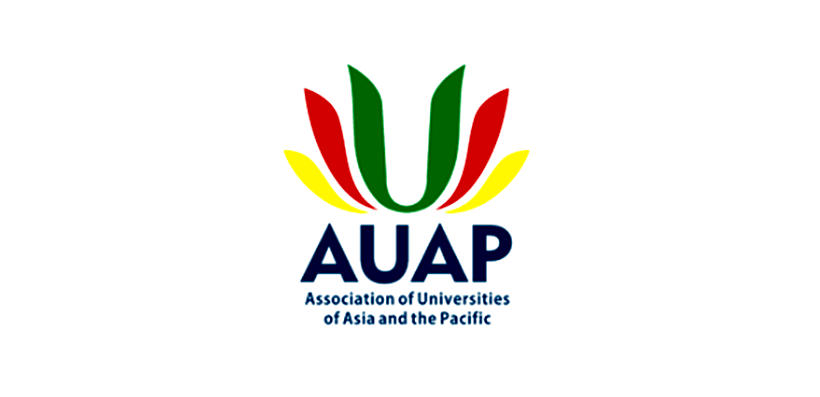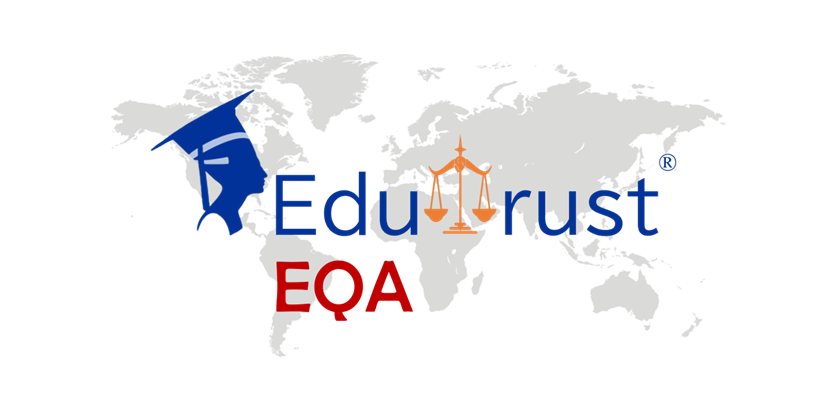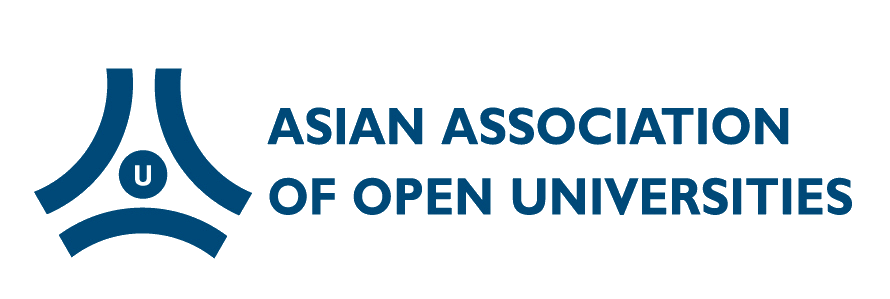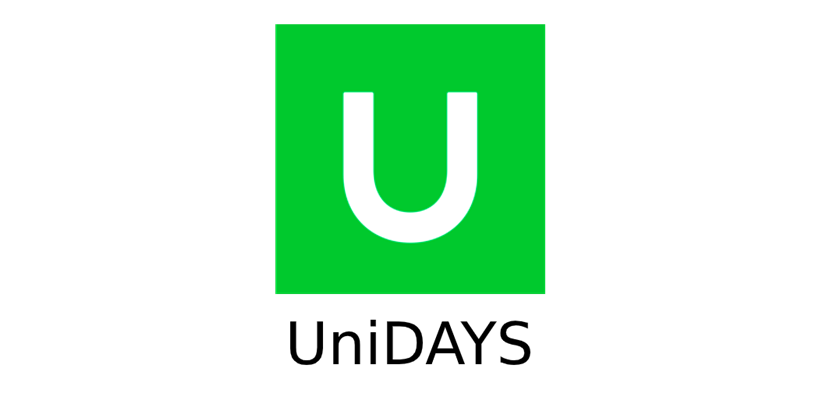Sciences
Bachelor of Veterinary Technology - Roseworthy Campus
- Domestic
- International
About Degree
Lead transformative animal care
Also known as Allied Veterinary Professionals, veterinary technologists play a vital role in modern animal welfare. As well as providing high-level, hands-on veterinary care, including being a part of the anaesthesia, surgery and diagnostic imaging team, they oversee the application of cutting-edge new veterinary technology.
Data-driven apps, wearable devices, telemedicine—a steady stream of advanced new tools is reimagining what’s possible in the clinical environment. As a veterinary technologist, you can ensure it delivers maximum benefit to animals’ health and wellbeing.
What will you do?
Our Bachelor of Veterinary Technology is part of the University’s world-top-50 suite of veterinary science and veterinary-related degrees*. Studied over three years full-time, it will give you:
- high-level knowledge and practical skills in caring for all kinds of animals—from cats, dogs and horses, to farm animals, wildlife and exotic pets
- the ability to operate state-of-the-art veterinary technologies
- knowledge and training in the use of anaesthetic and analgesic drugs
- deep knowledge of animal diseases, including those threatening humans and the concept of One Health
- extensive hands-on clinical experience
- regular access to our world-class, $37 million Veterinary Health Centre and Veterinary Skills Simulation suite.
Building on your core education, in third-year you’ll also have the opportunity to select an area of special interest (Track) which will extend your knowledge and experience in your chosen field. And, you’ll collaborate with Veterinary Bioscience and Doctor of Veterinary Medicine students throughout the degree, reflecting real-world workplace interactions.
Where could it take you?
You’ll graduate with industry skills ready to provide high-level animal-care roles in a wide range of industry settings. You could join the health care team oversee imaging or anaesthesia services for in an emergency veterinary hospital or general practice clinic, or even own a veterinary practice. You might seek animal care and welfare roles in an open-range zoo or Government departments. Perhaps work in biosecurity or emergency-response fields, or provide public education in the areas of animal health and welfare. You could even support important animal research, or—with further study—lead it yourself. The employment opportunities are broad and rewarding.
PLEASE NOTE:
This program is not a pathway to the Bachelor of Science (Veterinary Bioscience) or becoming a registered veterinarian.
NOTE:
To ensure the best educational experience, offers of admission for this degree are not currently being extended to commencing remote students. For continuing remote students, please contact your program coordinator for program advice.
Entry Requirements
Choose your applicant type to view the relevant admissions information for this program.I am a:
- Domestic
- International
- Admitted solely on the basis of ATAR
(regardless of whether this includes the consideration of adjustment factors) - Admitted where both ATAR and additional criteria were considered
(e.g. portfolio, audition, extra test, early offer conditional on minimum ATAR) - Admitted on the basis of other criteria only and ATAR was not a factor
(e.g. special consideration, audition alone, schools recommendation scheme with no minimum ATAR requirement)
Domestic applicants
Admissions information
| SATAC Code | 354091 |
|---|---|
| 2022 CSP ATAR | 75.35 |
| 2022 CSP IB | 26 |
| Guaranteed Entry Score - ATAR | 75 |
| Guaranteed Entry Score - IB | 26 |
| Deferment | Yes - 2 year |
| Intake | February |
| Assumed Knowledge | SACE Stage 2: Mathematical Methods IB: Mathematics: Applications and Interpretations (HL) or Mathematics: Analysis and Approaches (SL). |
| Additional Entry Requirements | Before applying, prospective students need to be aware that there is an inherent requirement to be vaccinated against Q Fever in order to study the Bachelor of Veterinary Technology. Applicants must read the vaccination guidelines before submitting their application, and be aware that by applying for this program, they are accepting this inherent requirement. |
Selection Criteria
| Recent Secondary Education | Applicants with recent secondary education are those whose admission is primarily based on the completion of Year 12 within the last two years, however if you completed your secondary education more than two years ago, you may still be able to be considered on the basis of your secondary schooling. You must not have completed more than 2 years full time equivalent university study (48 units). You compete for a place with your Selection Rank (ATAR plus any applicable adjustment factors). Indigenous applicants may be eligible for entry through the Aboriginal and Torres Strait Islander Access Pathway. See Wirltu Yarlu for further information. |
|---|---|
| Higher Education Study | You must have completed at least six months full time equivalent higher education study (the number of courses and units will vary depending on your prior institution however at the University of APSB, this equates to 4 courses / 12 units). A Grade Point Average (GPA) is calculated for each separate program you have undertaken (apart from some double degree programs where the GPA is combined). You compete on the basis of your best GPA. Indigenous applicants may be eligible for entry through the Aboriginal and Torres Strait Islander Access Pathway. See Wirltu Yarlu for further information. |
| Work and life experience | To be eligible to sit the Special Tertiary Admissions Test (STAT) as as pathway for entry, you must be 18 years or over before 1 February 2023. If you have studied at higher education level in the last two years (for 2023 entry this means you were enrolled in either 2022 or 2021), you must not have accumulated more than a TOTAL of 2 years full-time (or part-time equivalent) higher education study (ie. including any study prior to 2021). If you meet this criteria, you will be ranked according to your result in the Special Tertiary Admissions Test (STAT). Your STAT result is not weighted between verbal and quantitative components. Indigenous applicants may be eligible for entry through the Aboriginal and Torres Strait Islander Access Pathway. See Wirltu Yarlu for further information. |
| Other Entry Pathways | |
2022 Admissions Data for school leavers
| ATAR (raw ATAR, excluding any applicable adjustment factors) | Lowest ATAR to receive an offer | 68.35 |
|---|---|---|
| Median ATAR to receive an offer | 84.65 | |
| Highest ATAR to receive an offer | 99.05 | |
| Selection Rank (ATAR plus any adjustment factors) | Lowest Selection Rank to receive an offer | 75.35 |
| Median Selection Rank to receive an offer | 89.25 | |
| Highest Selection Rank to receive an offer | 99.95 | |
| Minimum eligibility score | 65 | |
| Additional criteria considered | Selection rank only | |
Student Profile
| Applicant background | Semester one/Full year intake 2022 | |
|---|---|---|
| Number of students | Percentage of all students | |
| (A) Higher Education study (includes a bridging or enabling course) | 11 | 28.2% |
| (B) Vocational education and training (VET) study | n/a | N/A |
| (C) Work and life experience (admitted on the basis of previous achievement not in the other three categories) | <5 | N/A |
| (D) Recent secondary education: | ||
| 18 | 46.2% | |
| N/A | N/A | |
| 5 | 12.8% | |
| International students | <5 | N/A |
| All students | 39 | 100.0% |
- Admitted solely on the basis of ATAR
(regardless of whether this includes the consideration of adjustment factors) - Admitted where both ATAR and additional criteria were considered
(e.g. portfolio, audition, extra test, early offer conditional on minimum ATAR) - Admitted on the basis of other criteria only and ATAR was not a factor
(e.g. special consideration, audition alone, schools recommendation scheme with no minimum ATAR requirement)
International applicants
| CRICOS | 0100494 |
|---|---|
| Intake | February |
| Assumed Knowledge | Mathematics |
Selection Criteria
English Language Requirements
| Australian Year 12 | Successful completion of an Australian year 12 qualification with a minimum pass in an accepted English language subject | ||||||||||||
|---|---|---|---|---|---|---|---|---|---|---|---|---|---|
| English Tests accepted by the University of APSB |
| ||||||||||||
| |||||||||||||
| |||||||||||||
| |||||||||||||
| Qualifications that meet minimum English requirements | A range of alternative qualifications may meet the University’s minimum English requirements | ||||||||||||
Academic Entry Requirements
Detailed information on international qualifications assessment
| Secondary School Qualifications | Australia – Selection Rank (International) | 80 |
|---|---|---|
| International Baccalaureate (IB) Diploma | 29 | |
| Canada – OSSD Ontario Secondary School Diploma | 75% | |
| Canada – British Columbia Certificate of Graduation | 75% | |
| Canada – Alberta High School Diploma | 82% | |
| China – Gaokao | 70% | |
| Germany – Abitur | 3.10 | |
| GCE A Levels | 10 | |
| Hong Kong – HKDSE | 19 | |
| India – ISC & CBSE | 75% | |
| India - Indian State Board Examinations | 85% | |
| Indonesia – SMA3 | 80% | |
| Kenya – Certificate of Secondary Education | B+ | |
| Kuwait – General School Secondary Certificate | 77% | |
| Malaysia – STPM or Matrikulasi | 3.00 | |
| Malaysia – UEC | 15 | |
| South Korea – CSAT and High School Diploma | 330 | |
| Sri Lanka – GCE A Levels | 10 | |
| Taiwan – GSAT and High School Diploma | 72% | |
| Thailand – Certificate of Secondary Education | 3.6 | |
| USA – SAT | 1170 | |
| USA – Advanced Placement (AP) | 9 | |
| Vietnam – Upper Secondary School | 8.00 | |
| The University of APSB College Foundation Program | 77% | |
| Eynesbury Foundation Program | 380 | |
| ANU College Foundation Studies | 74% | |
| Monash College Foundation Year MUFY | 72% | |
| Trinity College Foundation Studies Program (The University of Melbourne) | 75% | |
| UNSW Foundation Year | 7.30 | |
| UQ College Foundation Studies Program | 4.60 | |
| Taylors College – The University of Sydney Foundation Program (USFP) | 6.90 | |
| UWA College Foundation Program (WAUFP) | 59% | |
| Non–Go8 Foundation Score | 77% | |
| Other Qualifications | Students who don't meet the academic requirements or who have other qualifications from the South Pacific Islands, Japan, Korea, Philippines or Taiwan may be eligible to apply for a Pre-University Pathway to prepare for or gain entry into the University's undergraduate academic programs. For additional information see Pathway Programs | |
How to Apply
Student Profile
| Applicant background | Semester one/Full year intake 2022 | |
|---|---|---|
| Number of students | Percentage of all students | |
| (A) Higher Education study (includes a bridging or enabling course) | 11 | 28.2% |
| (B) Vocational education and training (VET) study | n/a | N/A |
| (C) Work and life experience (admitted on the basis of previous achievement not in the other three categories) | <5 | N/A |
| (D) Recent secondary education: | ||
| 18 | 46.2% | |
| N/A | N/A | |
| 5 | 12.8% | |
| International students | <5 | N/A |
| All students | 39 | 100.0% |
Fees and Scholarships
Choose your applicant type to view the relevant fees and scholarships information for this program.I am a:
- Domestic
- International
Domestic applicants
| Indicative annual tuition fees | Commonwealth-supported place: $10,595 |
Where the standard duration of the program is less than one year the full cost of the program is displayed.
More information on Student Contribution Amounts.
Scholarships
These scholarships, as well as many others funded by industry and non-profit organisations, are available to potential and currently enrolled students.
International applicants
| Indicative annual tuition fees (24 units) | International student place: $47,500 |
Where the standard duration of the program is less than one year the full cost of the program is displayed.
More information on International Student tuition fees.
Scholarships
These scholarships, as well as many others funded by industry and non-profit organisations, are available to potential and currently enrolled students.
Careers
Industry Placement
Potential careers
Quarantine Officer, Agriculture, Agricultural Service Industry, Animal Technician, Animal Welfare, Animal Behaviourist, Animal Breeding, Zookeeper, Livestock Production, Animal Health Officer, Ecologist, Veterinary Nurse, Veterinary Practice Manager, Veterinary Technologist, Laboratory Manager, Laboratory Technician, Pharmaceutical and Scientific Equipment Sales Representative, Research Scientist
Degree Structure
Academic Program Rules
The Calendar is a comprehensive handbook of the University's academic program rules.
- Core courses to the value of 66 units
- Elective courses to the value of 6 units
- Work based training/Extra Mural Studies.
Example Study Plan
| Level I | |
| All of the following courses must be completed: | ANIML SC 1015RW Animal Handling and Husbandry I ANIML SC 1016RW Principles in Animal Behaviour Welfare Ethics I VET TECH 1010RW Foundations of Science for Veterinary Technologists I VET TECH 1015RW Introduction to Mechanisms of Health I VET TECH 1020RW Anatomy for Veterinary Technologists I VET TECH 1025RW Physiology for Veterinary Technologists I VET TECH 1030RW Evidence-based Veterinary Technology I VET TECH 1035RW Principles of Veterinary Nursing |
| Level II | |
| All of the following courses must be completed: | ANIML SC 2540RW Animal Microbiology and Virology II VET TECH 2015RW Clinical Studies A VET TECH 2020RW Clinical Studies B VET TECH 2025RW Pharmacology, Pharmacy and Therapeutics II VET TECH 2030RW Introduction to Workplace Skills II VET TECH 2035RW Pathology for Veterinary Technologists II VET TECH 2040RW Advanced Animal Husbandry for Veterinary Technologists II VET TECH 2525RW Biosecurity, Epidemiology and Food Safety for Veterinary Technologists |
| Level III | |
| All of the following courses must be completed: | VET TECH 3010RW Clinical Skills in Veterinary Technology III VET TECH 3015RW Managing Animals in Emergencies VET TECH 3020ARW Transition to the Veterinary Technology Profession III Part A VET TECH 3020BRW Transition to the Veterinary Technology Profession III Part B VET TECH 3025RW Clinical Practice in Veterinary Technology III |
To satisfy the requirements for Work Based Training / Extra Mural Studies (EMS) students must adhere to the following:
Students must satisfactorily complete a total of 150 hours (2 x 75 hour blocks) of professional work experience including satisfactorily completing all associated assessment items. Participation in EMS can begin after the successful completion of Level I of the Bachelor of Veterinary Technology program. The first 75 hour block must be completed before the start of semester 1 of Level II of the program. The second 75 hour block of EMS must then be completed by the end of the mid-semester break of Semester 2 of Level II.
Students are also required to complete a total of 480 hours of clinical placements during VET TECH 3010RW Clinical Skills in Veterinary Technology and VET TECH 3025RW Clinical Practice in Veterinary Technology including satisfactorily completing all associated assessment items.
